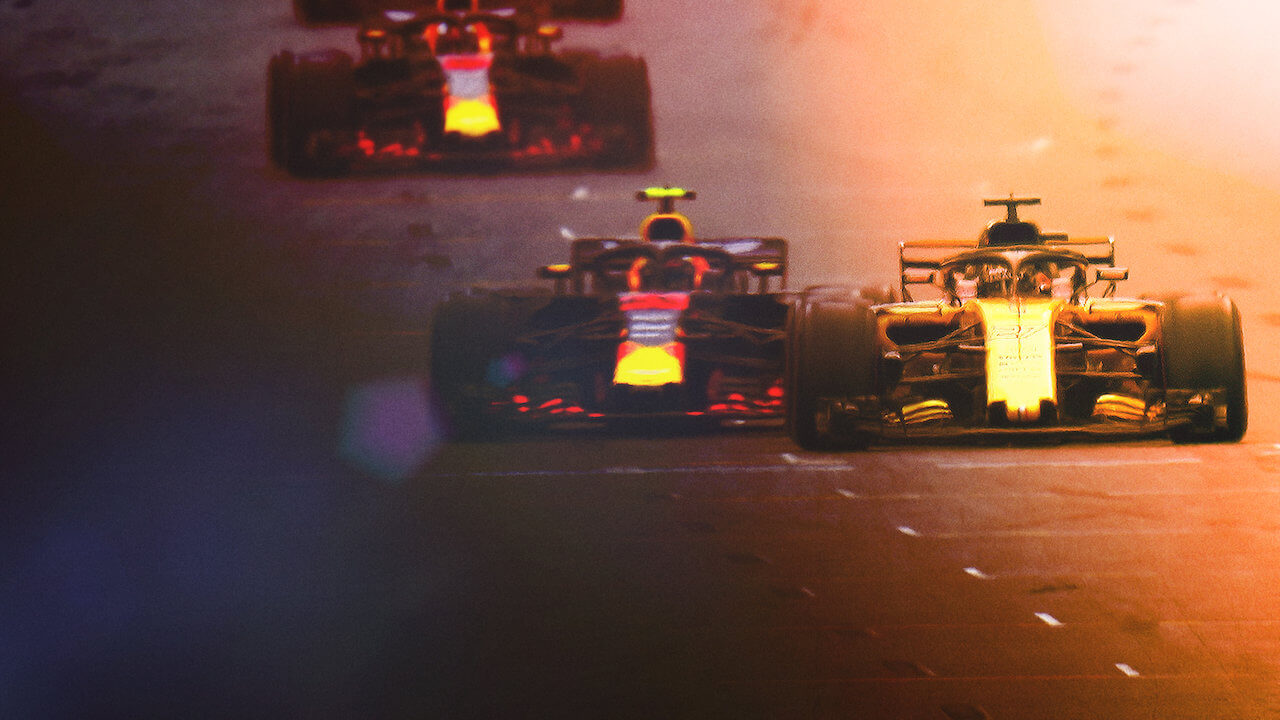Netflix Fix of the Week: Formula 1: Drive to Survive
 CREDIT: NETFLIX
CREDIT: NETFLIXFormula 1: Drive to Survive released its second season on Feb. 28.
The second season of Netflix’s Formula 1: Drive to Survive dropped on Feb. 28, and it’s just as good as the extremely well-received first season. It gives you a sneak peek into one of the most dramatic sporting events in the world. And, like any good Millennial, I watched the entire series in a couple of days, even though the new Formula 1 season doesn’t start until March 15.
The 10-episode series is extremely bingeable, deep diving into eight teams out of the ten. Yes, eight including Mercedes and Ferrari. Racing Point and Alfa Romeo don’t really get any attention, while viewer favorites Guenther Steiner and Daniel Ricciardo get loads of attention. Red Bull is lucky also, with two teams they get two episodes. This could have been one episode, but that would go beyond 40 minutes so they decided to split it between two.
The big teams sat out last year’s show, but after seeing how successful it was, they decided they wanted in on the action. As a result of the limitations involved in filming them, Mercedes and Ferrari do get one episode each. There were times last year when it felt the program could benefit from having its focus narrowed into a smaller number of subjects per episode, and so it proves. Though Ferrari and Mercedes feature in this, but just like the first season, the really good stuff comes from struggling teams like Williams and Haas.
There are no major changes to the show’s format. The episodes run up to 40 minutes each and include material shot by Netflix on location at the races, including previously unseen footage from team meetings and debriefs. A few of the drivers and team bosses are also filmed at home.
The series’ genius is to take a holistic approach, focusing on everything but the actual races. There’s plenty of footage of memorable race moments, but it’s what happens before, between and after the cars hit the track that really tells the story of the sport. The result is a viewing experience that feels fresh even to those who have already watched every race, while showing newcomers how much more F1 is about than just fast cars whizzing around a track, some fractions of a second faster than others.
The second series of Drive to Survive offers more of what many people loved about the first. What it’s lost the second time around in no longer being completely new and fresh, which it has more than made up for with its increasingly polished storytelling.















